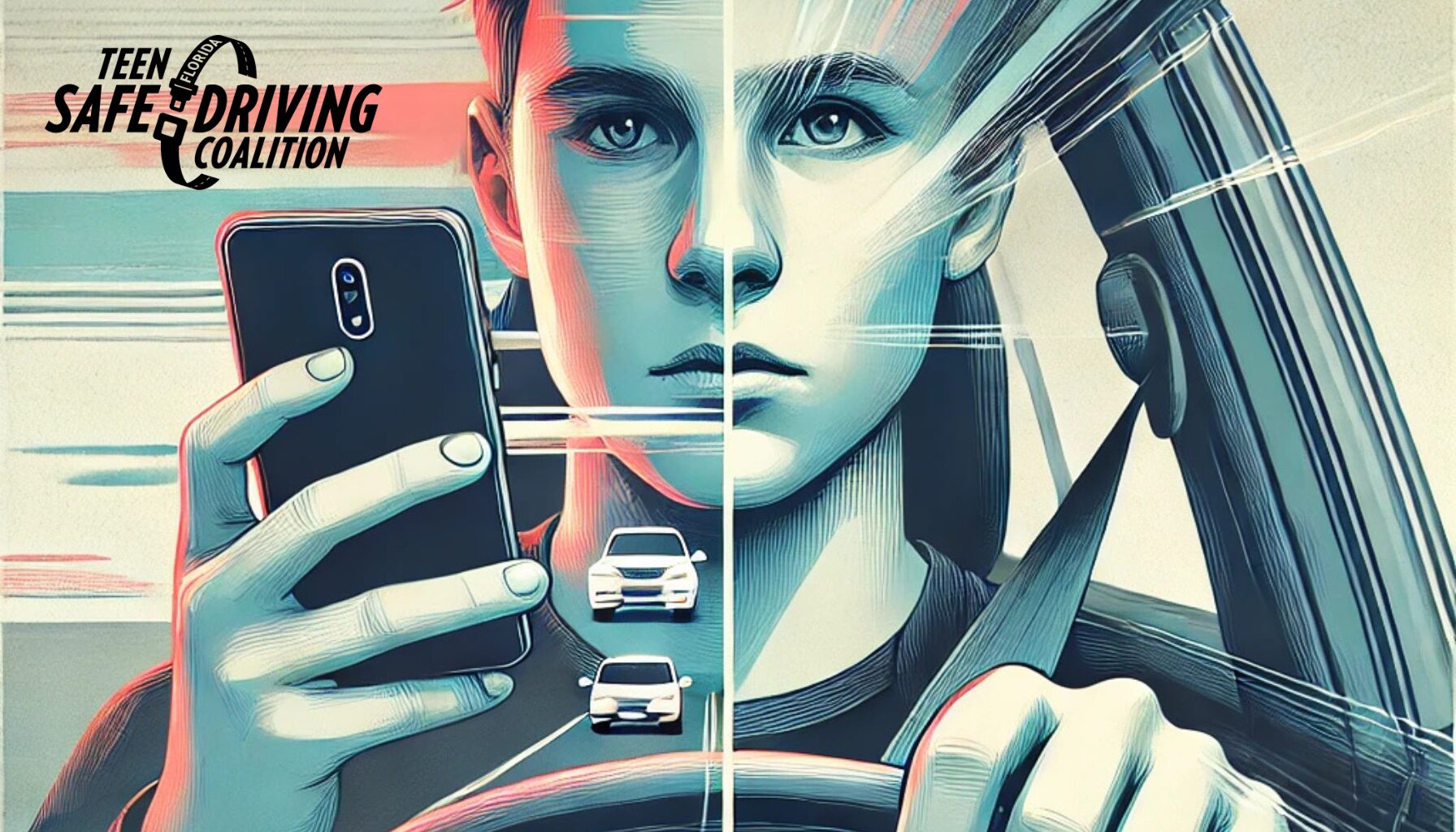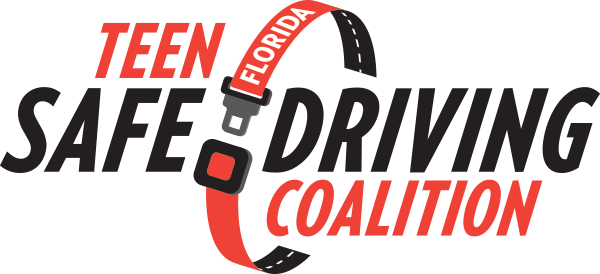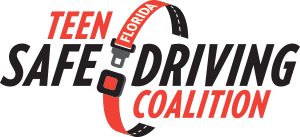
Identifying and Avoiding Distractions While Driving
For many teens, the excitement of getting a Driver License comes with a sense of freedom and independence. But with that independence also comes the responsibility to stay focused and safe on the road. Unfortunately, distracted driving is one of the leading causes of crashes among teen drivers. The combination of inexperience and distractions—whether it’s from smartphones, passengers, or even something as simple as adjusting the radio—can lead to dangerous situations. As a parent, helping your teen understand the risks of distracted driving and teaching them strategies to stay focused is critical in reducing the likelihood of a collision. By identifying and avoiding distractions while driving and establishing rules for avoiding them, you can play a key role in ensuring your teen develops safe driving habits that last a lifetime.
What is Distracted Driving?
Distracted driving occurs whenever a driver’s attention is taken away from the road. It’s important to remember that distractions don’t just include texting or using a smartphone—anything that diverts the driver’s focus from operating the vehicle can be a dangerous distraction.
There are three main types of distractions:
- Visual Distractions: These occur when a driver takes their eyes off the road. Examples include looking at a phone, glancing at a GPS, or even looking at something happening outside the car, like a crash on the side of the road.
- Manual Distractions: These happen when a driver takes their hands off the steering wheel. This can include eating, adjusting the radio, or reaching for something in the car.
- Cognitive Distractions: Cognitive distractions occur when a driver’s mind is not focused on driving. This can happen when a driver is deep in thought, talking to passengers, or daydreaming.
Any one of these distractions can increase the risk of a crash, but when combined, they can be especially dangerous—especially for inexperienced teen drivers who are still learning to manage the complexities of driving.
The Dangers of Smartphone Use While Driving
One of the most dangerous forms of distracted driving is using a smartphone behind the wheel. Whether it’s texting, checking social media, or using a GPS app, smartphone use takes a driver’s eyes, hands, and mind off the road—all three types of distraction at once.
According to the National Highway Traffic Safety Administration (NHTSA), sending or reading a text takes your eyes off the road for about five seconds. At 55 mph, that’s the equivalent of driving the length of a football field with your eyes closed. It’s no surprise, then, that texting while driving dramatically increases the risk of a crash.
While many states, including Florida, have laws prohibiting texting while driving, teens may still feel tempted to check their phones while behind the wheel. As a parent, it’s important to have a serious conversation with your teen about the dangers of texting and driving, and to set clear rules and expectations for phone use while driving.
How to Identify Distractions
One of the best ways to help your teen avoid distractions is by teaching them to identify potential distractions before they happen. Here are some of the most common distractions for teen drivers:
- Cell Phones: Texting, checking notifications, and using social media are some of the most dangerous distractions for teen drivers. Even using a phone for navigation or music can take a teen’s focus away from the road.
- Passengers: Having friends in the car can lead to conversations, loud music, or even peer pressure to engage in risky behavior—all of which can distract a teen driver. Passengers can easily take a teen’s attention away from driving, especially when the driver is still gaining experience.
- Eating and Drinking: Many teens may try to eat breakfast or snacks while driving, especially if they’re in a rush. But taking a hand off the wheel to eat or drink is a manual distraction that can lead to dangerous situations.
- Adjusting Controls: Adjusting the radio, climate control, or GPS can take a teen’s eyes and hands off the road. Even seemingly minor distractions, like changing a song or adjusting the temperature, can be dangerous if they happen at the wrong time.
- Daydreaming or Zoning Out: Cognitive distractions like daydreaming or losing focus can be just as dangerous as physical distractions. If a teen driver isn’t mentally engaged in driving, they may fail to notice important details on the road, such as traffic lights, stop signs, or pedestrians.
How to Avoid Distractions While Driving
Once your teen understands the types of distractions they might face, it’s time to teach them strategies for avoiding these distractions while driving. Here are some practical steps your teen can take to stay focused behind the wheel:
- Put the Phone Away: The simplest way to avoid the temptation of using a phone while driving is to keep it out of reach. Encourage your teen to place their phone in the glove compartment, a bag, or even the trunk before starting the car. If they need to use their phone for navigation, they should set up the GPS before they start driving and use voice directions to avoid looking at the screen.
- Limit Passengers: If your teen is still gaining experience, it’s a good idea to limit the number of passengers they can have in the car. Fewer passengers mean fewer distractions. You can also set ground rules about how passengers should behave in the car, such as keeping conversations low and not encouraging the driver to take risks.
- Eat Before Driving: Encourage your teen to avoid eating or drinking while driving. If they need to have a snack, suggest they pull over to a safe location before eating. This simple habit can reduce manual distractions and keep their hands on the wheel.
- Set Up Music and Controls Before Driving: Remind your teen to adjust their music, temperature, and GPS before they start driving. If they need to make adjustments while on the road, encourage them to pull over safely before doing so. This helps prevent them from taking their hands off the wheel or their eyes off the road while driving.
- Practice Mindful Driving: Teach your teen the importance of staying mentally focused on the task of driving. Encourage them to practice “mindful driving,” where they actively pay attention to their surroundings, the behavior of other drivers, and road conditions. If they find themselves zoning out, they should take a break to refresh and refocus.
- Use Apps to Block Distractions: There are several apps available that can block incoming texts, calls, and notifications while driving. These apps automatically activate when the car is in motion and send automatic replies to let people know the driver is unavailable. Consider installing one of these apps on your teen’s phone to help them stay focused.
How Parents Can Help Teens Avoid Distractions
As a parent, you play a critical role in helping your teen develop safe driving habits. Here are some ways you can support your teen in avoiding distractions while driving:
- Lead by Example: Your teen is watching how you drive, and they’re likely to model their behavior after yours. Make sure you’re setting a good example by avoiding distractions like phone use, eating, or adjusting controls while driving. If you need to use your phone or make adjustments, pull over to a safe location first.
- Have Open Conversations: Talk to your teen about the dangers of distracted driving and the importance of staying focused. Share real-life stories or statistics to highlight how even a moment of distraction can lead to a serious crash. Regular, open conversations about safe driving can reinforce the importance of staying alert.
- Set Clear Rules and Expectations: Set clear rules about phone use, passengers, and other potential distractions before your teen starts driving. Let them know that driving is a privilege that comes with responsibility, and breaking the rules could result in consequences like losing driving privileges.
- Ride Along with Them: Occasionally ride along with your teen to observe their driving behavior. Use these rides as an opportunity to provide constructive feedback, point out potential distractions, and reinforce the importance of staying focused on the road.
- Encourage Defensive Driving: Teach your teen about the importance of defensive driving—staying aware of other drivers, anticipating potential hazards, and being prepared for unexpected situations. Defensive driving helps teens stay alert and focused, reducing the risk of a crash caused by distractions.
Help Be Part of the Solution
Distracted driving is one of the leading causes of collisions among teen drivers, but with the right guidance and habits, it can be avoided. By identifying the most common distractions and teaching your teen strategies to avoid them, you can help them develop the focus and responsibility needed to stay safe on the road.
Encourage your teen to put their phone away, limit passengers, and stay mentally engaged while driving. As a parent, led by example and set clear rules and expectations for safe driving behavior. Together, you can reduce the risk of distractions and ensure that your teen drives safely and responsibly protecting both themselves and others from the dangers of distracted driving.

